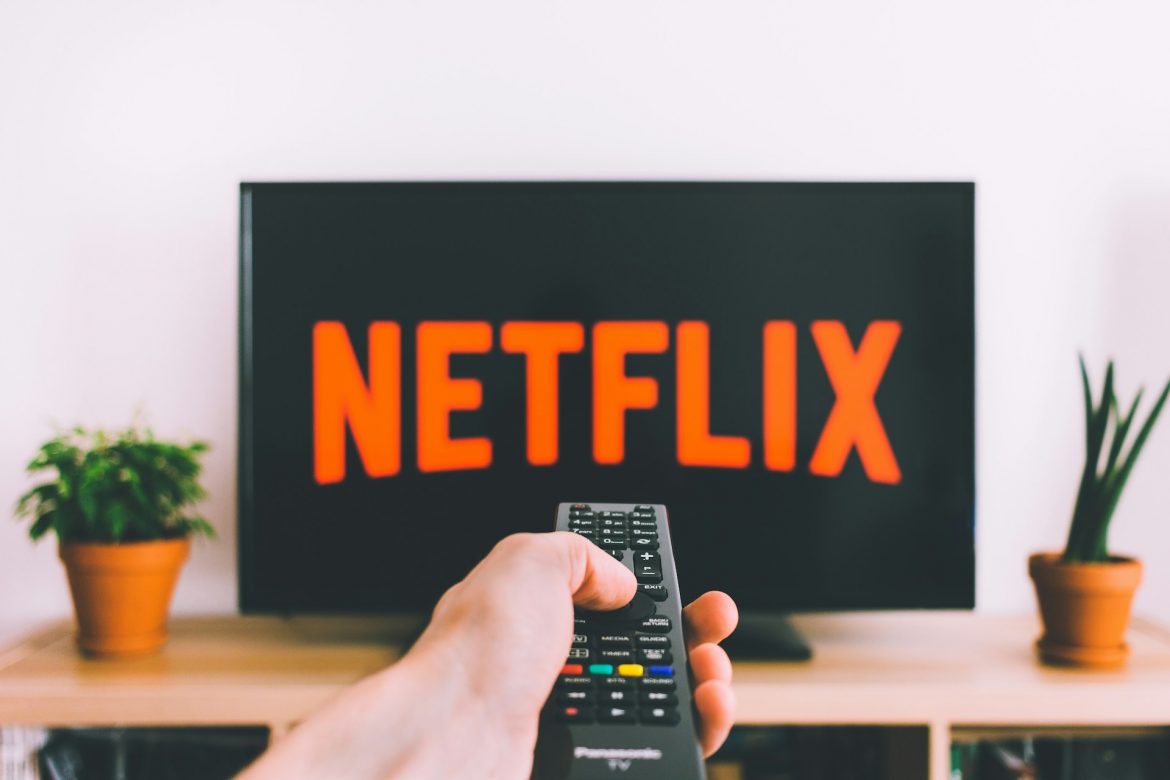Artificial Intelligence (AI) is like a new friend in our digital world. It helps us in many ways, from suggesting what to watch next on Netflix to making smart cars. But, like all friendships, it’s important to make sure this one is healthy and fair. Let’s dive into how we can make AI work better for everyone.
What’s the Big Deal About Ethics in AI?
Ethics in AI is about making sure that as AI gets smarter, it also gets kinder and fairer. Imagine two friends playing a game, but one friend keeps changing the rules without telling the other. That wouldn’t be fair, right? AI should play by the rules, too, and those rules should be clear to everyone.
Companies like Google and Microsoft are working hard to make their AI as fair as possible. They’re like the big kids in the playground making sure everyone plays nicely. Google, with its AI principles, is like a teacher setting the ground rules. Microsoft’s AI ethics guidelines act like a guidebook, showing us how to play the game fairly.
Making Sure AI Treats Everyone Fairly
Just like in a classroom, everyone should get an equal chance to participate and benefit. But sometimes, AI can accidentally favor some people over others. This isn’t fair, and it’s something big companies are working hard to fix.
For example, IBM has tools that help make sure their AI isn’t biased. It’s like having a fair-play monitor that watches over the game, making sure everyone gets a turn. IBM’s fairness tools are there to make sure the AI doesn’t pick favorites.
Keeping AI’s Decisions Clear as Glass
Transparency is another big word when we talk about AI. It means making sure everyone can understand how AI makes its decisions. If AI decides who gets a loan or what news we see, we should know how it came up with that decision, right?
OpenAI, the brains behind some really smart AI, believes in showing its work, just like in math class. They’re all about making sure we can see how the AI’s “thinking” happens. This helps everyone trust AI more, knowing it’s not just pulling answers out of a hat.
What Can We Do?
Everyone has a role to play in making sure AI is fair and transparent. We can start by asking questions, staying curious, and learning more about how AI works. Companies like Google, IBM, and OpenAI offer lots of resources on their websites to help us understand better.
Wrapping It Up
AI is a powerful friend, but like all friendships, it needs care, understanding, and rules. By working together, asking the right questions, and using tools from big names like Google, Microsoft, and IBM, we can make sure this digital friendship stays strong, fair, and clear.
Remember, it’s not just about making AI smarter; it’s about making it kinder and more understanding, too. Let’s all be part of the team that helps AI play fair.
Visit Google’s AI Principles, Microsoft’s AI ethics, and IBM’s AI Fairness 360 to learn more about how these companies are leading the way in ethical AI.









